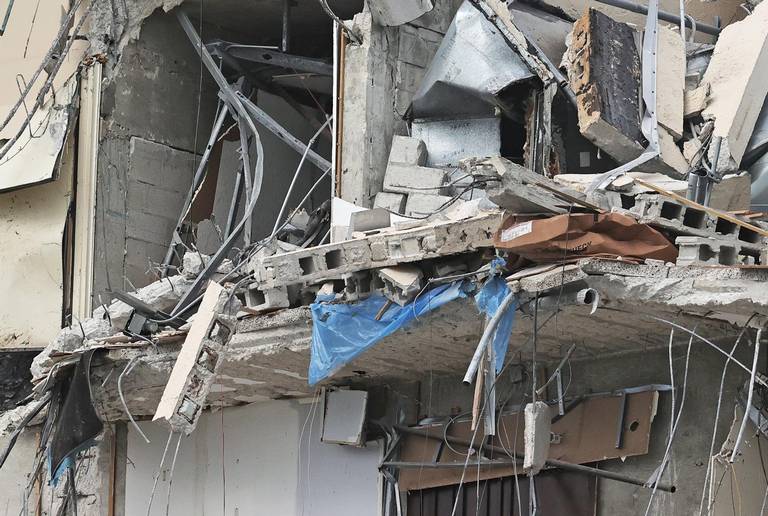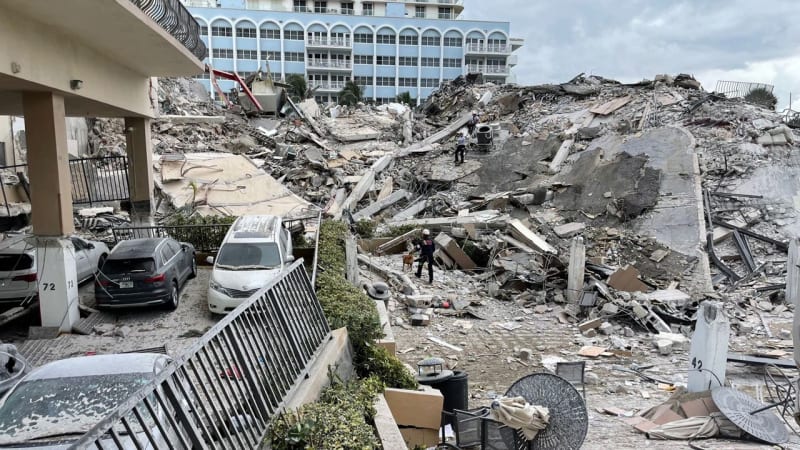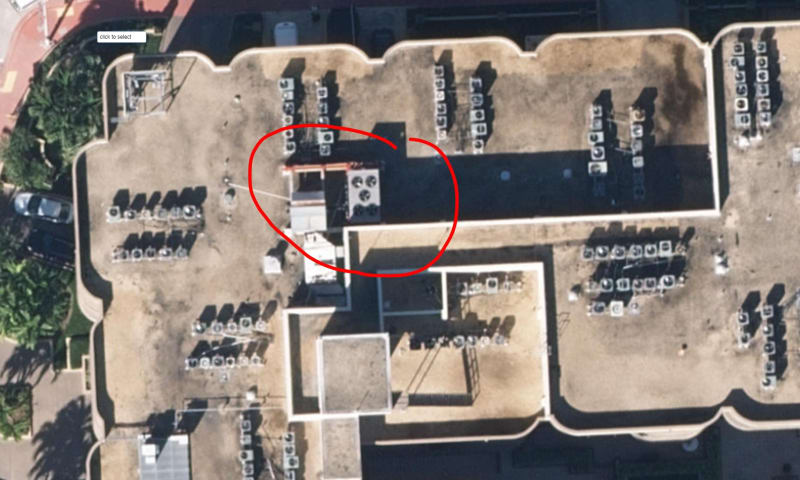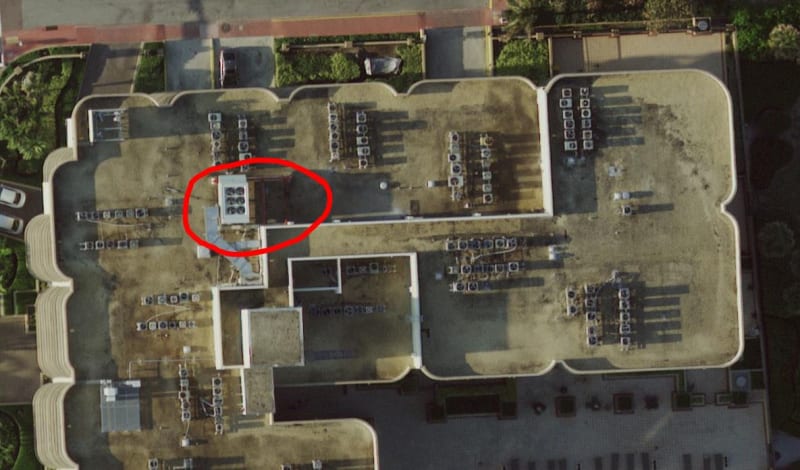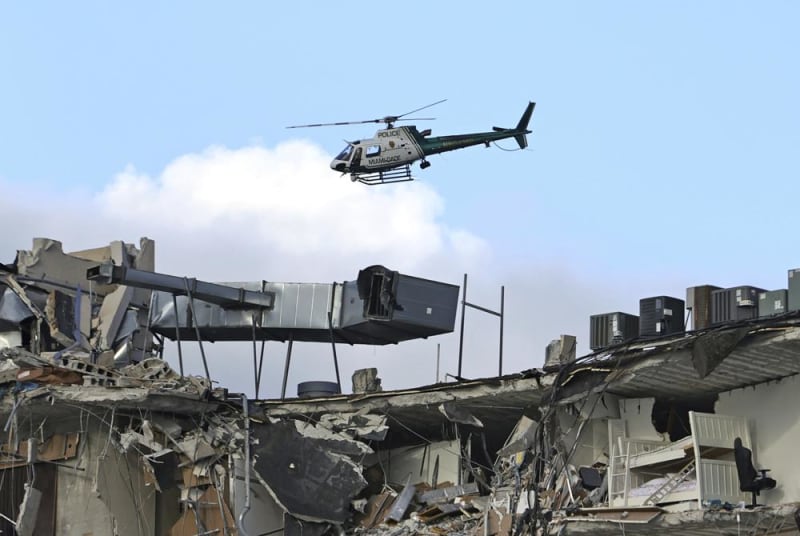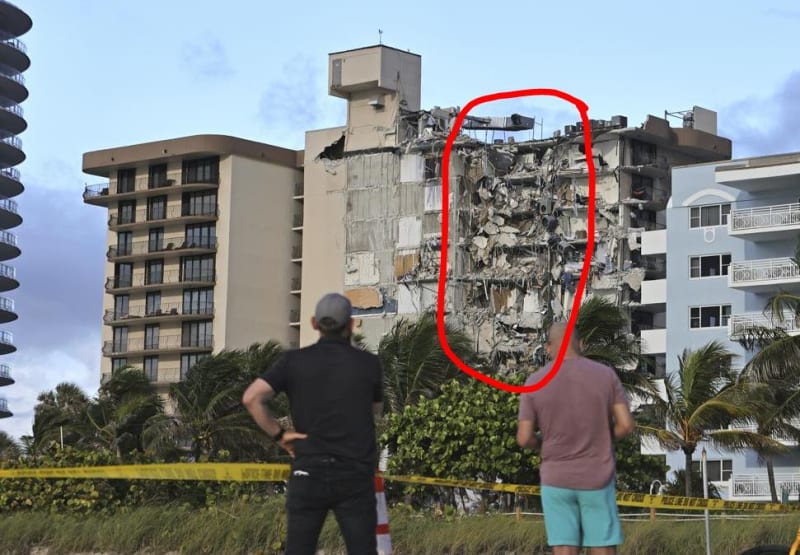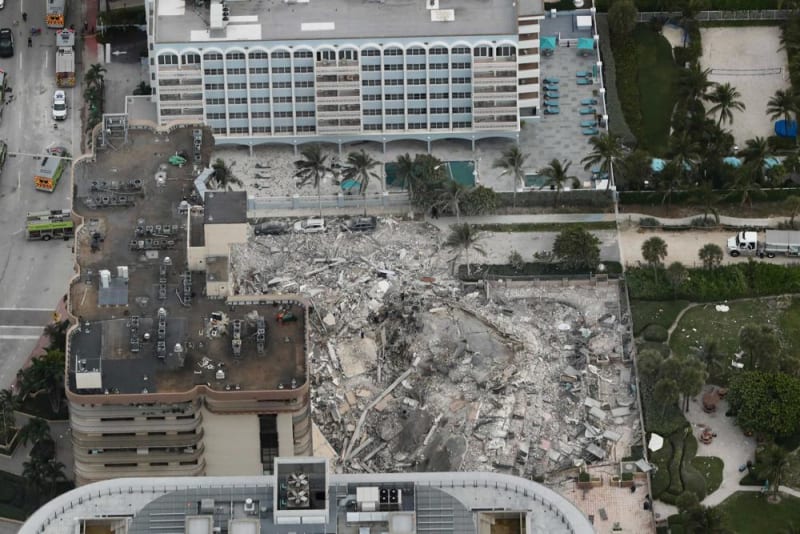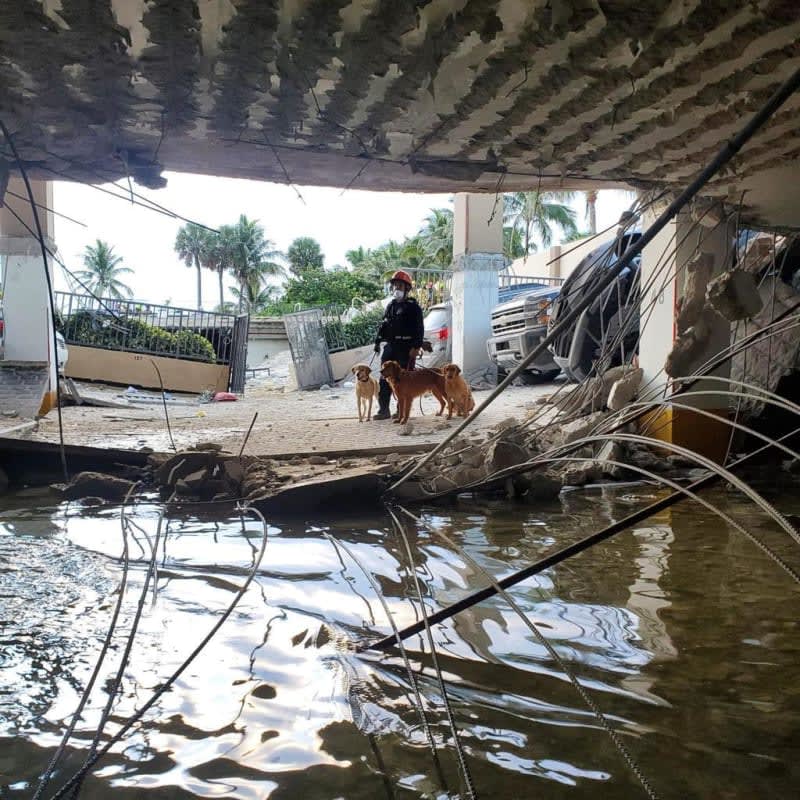-
1
- #1
bugbus
Structural
- Aug 14, 2018
- 536
Partial collapse of 12 storey apartment building in Miami Beach:
Was built in 1981. Not much information as yet.
Building profile:
Was built in 1981. Not much information as yet.
Building profile:




